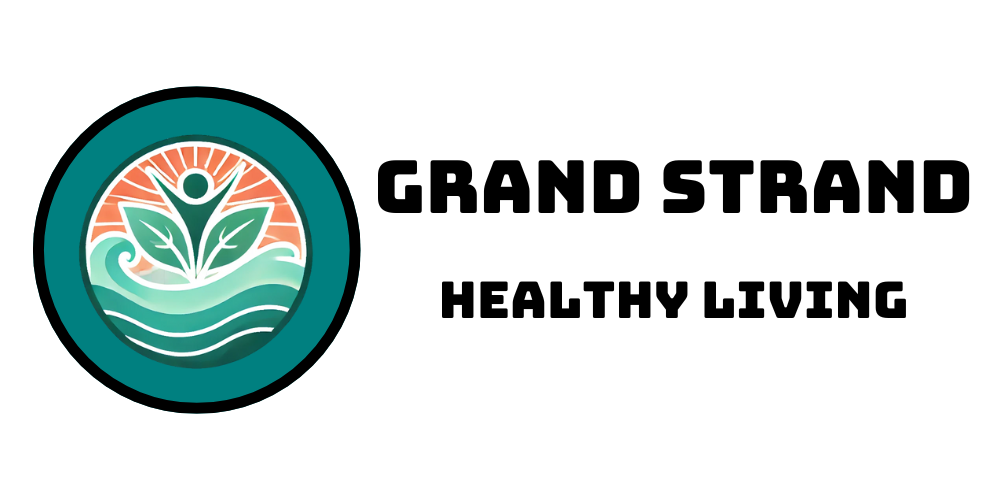
Measles: A 33-Year High in the U.S. Amid Vaccine Hesitancy
In a startling turn of events, the number of measles cases in the United States has surged to a record high not seen in 33 years. The CDC reported a total of 1,288 confirmed cases in 2025, the largest count since 1992—just eight years before the disease was officially declared eliminated in the country. This alarming spike raises concerns not only about measles itself but also signals a potential resurgence of other preventable diseases that could follow in its wake.
The Consequences of Falling Vaccination Rates
The official elimination of measles in the U.S. was largely attributed to effective vaccination campaigns, particularly the measles, mumps, and rubella (MMR) vaccine. Unfortunately, vaccination rates have been slowly declining over the past few years. Public health experts have observed that 92% of the reported cases this year involved individuals who were unvaccinated or had unknown vaccination statuses, painting a worrying picture.
Factors Contributing to Vaccine Hesitancy
Several elements have played a role in the declining rates of vaccination. The COVID-19 pandemic instigated a wave of vaccine hesitancy, which has been further reinforced by the spread of misinformation from various public figures, including vaccine skeptics. One prime example is Robert F. Kennedy Jr., who has gained significant attention for his anti-vaccine rhetoric. Recently, he appointed a new committee filled with individuals who share his skepticism toward vaccines, leading to decisions that undermine public health initiatives.
The Implications of Measles Resurgence
Experts like Katelyn Jetelina, an epidemiologist, have expressed deep concern over the implications of rising measles cases. Jetelina pointed out that due to its highly contagious nature, measles often resurfaces first when vaccination coverage falters. This situation could very well serve as a warning sign that other infectious diseases could see a similar comeback if the trend continues. Maintaining high immunization rates is critical for public health, especially in communities across the Grand Strand such as Myrtle Beach, North Myrtle Beach, and Surfside Beach.
Engaging the Community in Vaccination Efforts
As we face this public health challenge, it's imperative for local communities to understand the importance of vaccinations. Engaging residents of areas like Little River, Pawleys Island, and Murrells Inlet can assist in building awareness around the risks associated with falling vaccination rates. Public health campaigns can focus on educating families about the safety and efficacy of vaccines. Moreover, highlighting success stories from areas such as Garden City and Georgetown can help foster trust and encourage family participation in vaccination drives.
The Path Forward: Recovery and Prevention
To combat the current measles outbreak and prevent future occurrences, it is vital for community leaders and public health officials to work collaboratively. Strategies could include organizing vaccination clinics in accessible locations and integrating vaccine education into schools and community events. By prioritizing public health and supporting vaccination efforts, residents in places like Cherry Grove, Ocean Drive, Crescent Beach, Windy Hill, and beyond can help ensure a healthier future for all.
Your Role in Supporting Public Health
As a member of the Grand Strand community, your role in promoting public health cannot be overstated. Join local health initiatives, educate your family and friends, and advocate for vaccines as a necessary measure for the well-being of your loved ones. Together, we can reverse the trend of declining vaccination rates and safeguard our communities from the resurgence of deadly diseases like measles.
 Add Row
Add Row  Add
Add 





Write A Comment